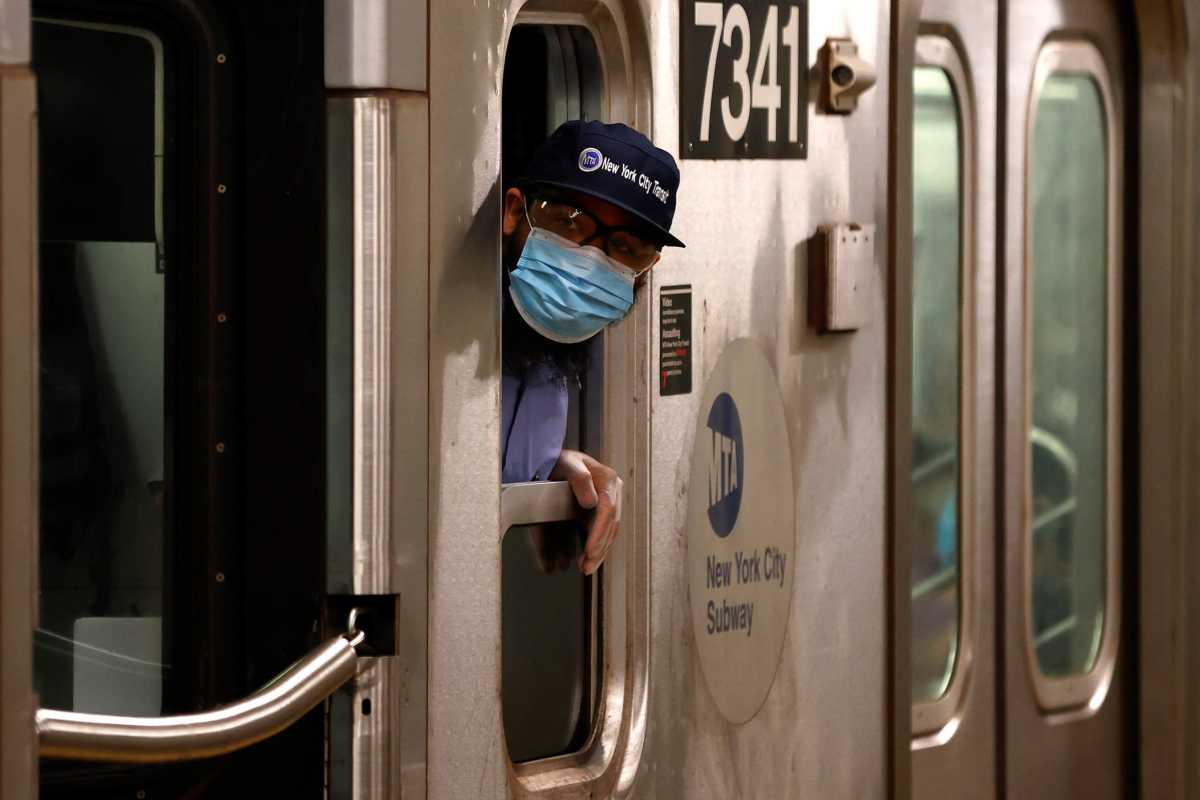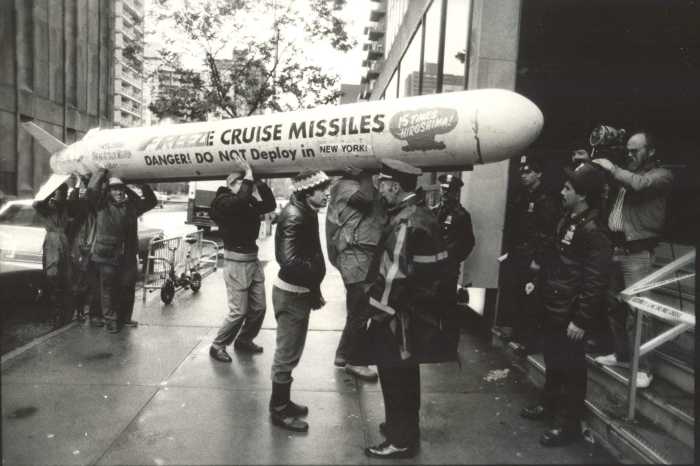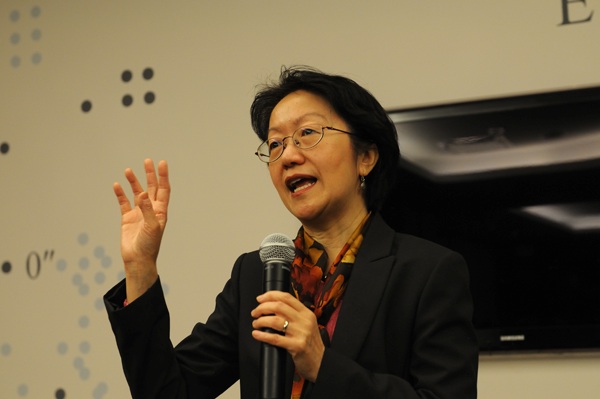New York University launched a survey to MTA transit workers that found that up to 24% had tested positive for COVID-19 at one point or another in the pandemic, contributing to a loss of over 90 members of the Transport Workers Union Local 100.
Up to 130 transit workers in total have died over the course of the COVID-19 crisis with New York state reporting up to 14% have tested positive for antibodies in May, which the NYU study refutes through a questionnaire sent out to about 645 individuals since August.
The study also took into account the mental health effects of anxiety and fear stemming from COVID-19 and that many sought professional help.
“Through gaining a deeper understanding of how COVID-19 has impacted transit workers’ health and quality of life, we can determine how to best support them and protect them moving forward,” Robyn Gershon, a professor of epidemiology at NYU School of Global Public Health, said. ““Our findings on workers’ anxiety are concerning, given that we conducted the survey in August, months after the peak of the pandemic in New York City.”
Workers and families generally self-reported feeling ill or testing positive to the MTA, which meant the number of reports of positive cases came up different for the MTA in their estimates, according to interim New York City Transit President Sarah Feinberg.
“It’s unclear to me why the numbers are so different at this point, we’re obviously anxious to get the data that NYU is using. You know, we obviously as we were determining who was sick and who was testing positive in New York City Transit based on calls into our hotline, calls into staying out sick from work, calls into managers,” Feinberg said on Tuesday. “NYU, I won’t speak for them, seems to have taken a different approach with the poll that they did. They basically took a smaller group of employees, sent a survey, whoever responded and they ended up with a different number than we did.”
The impacts of COVID-19 became almost immediately clear in March and April as crew shortages forced the MTA to cut service to near weekend levels, a 30% dip in subway and bus frequency across the city. This quickly was restored before the MTA again took drastic action in May by temporarily ending 24-hour subway service between 1 and 5 a.m. in an effort to disinfect rolling stock and stations.
The high mortality rate for New York City Transit employees became abundantly clear by April.
Read the full study here.



























